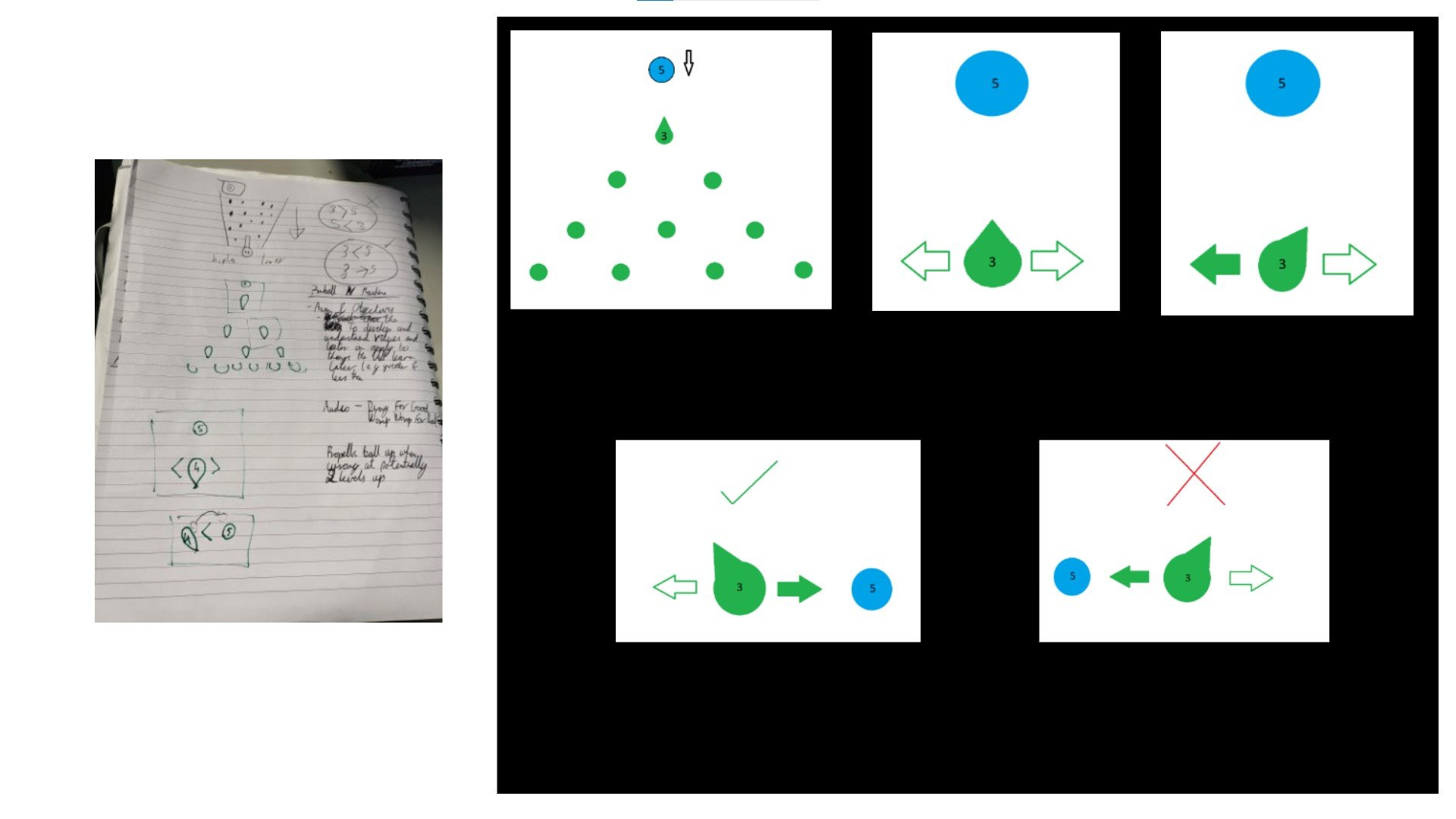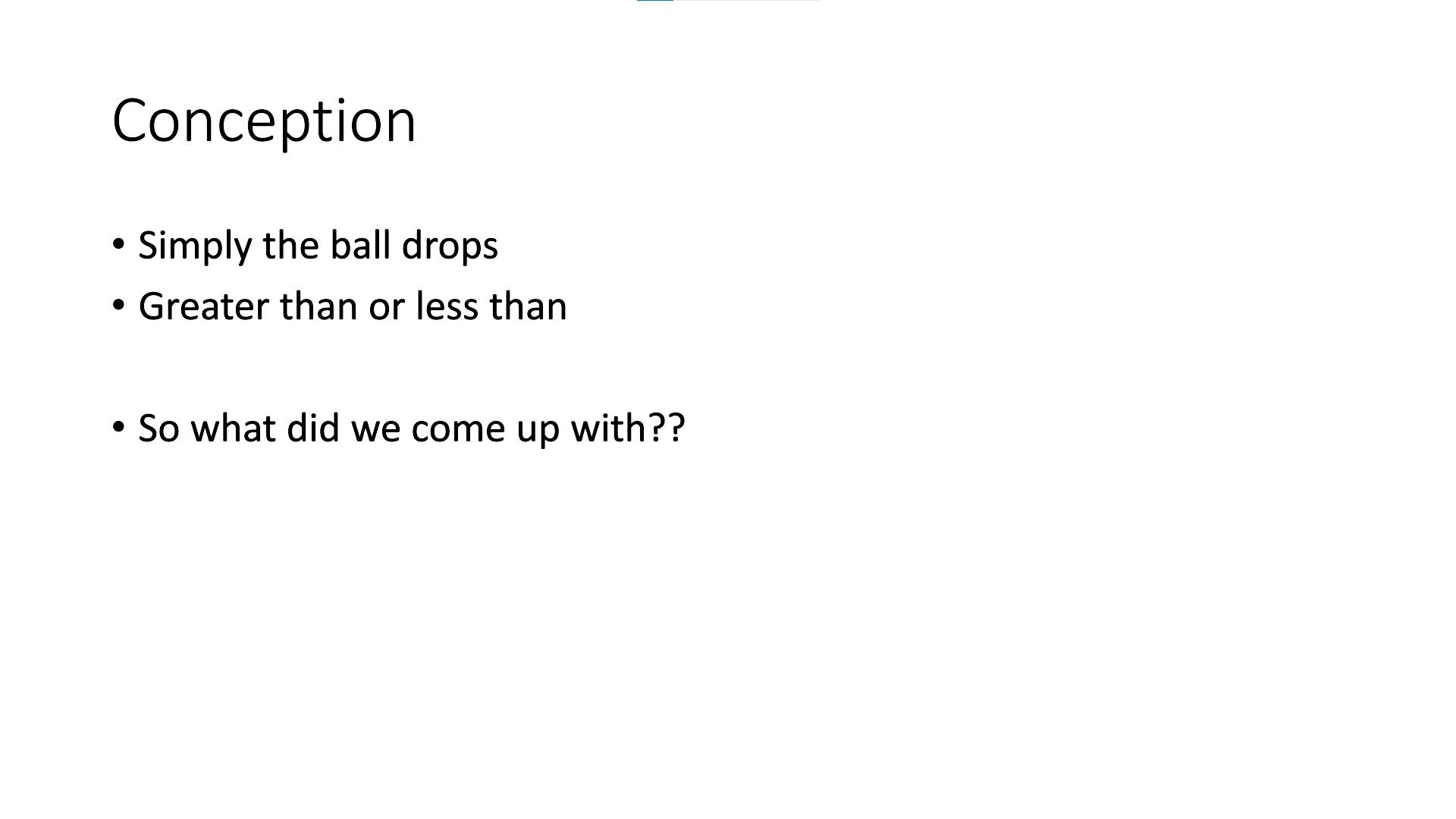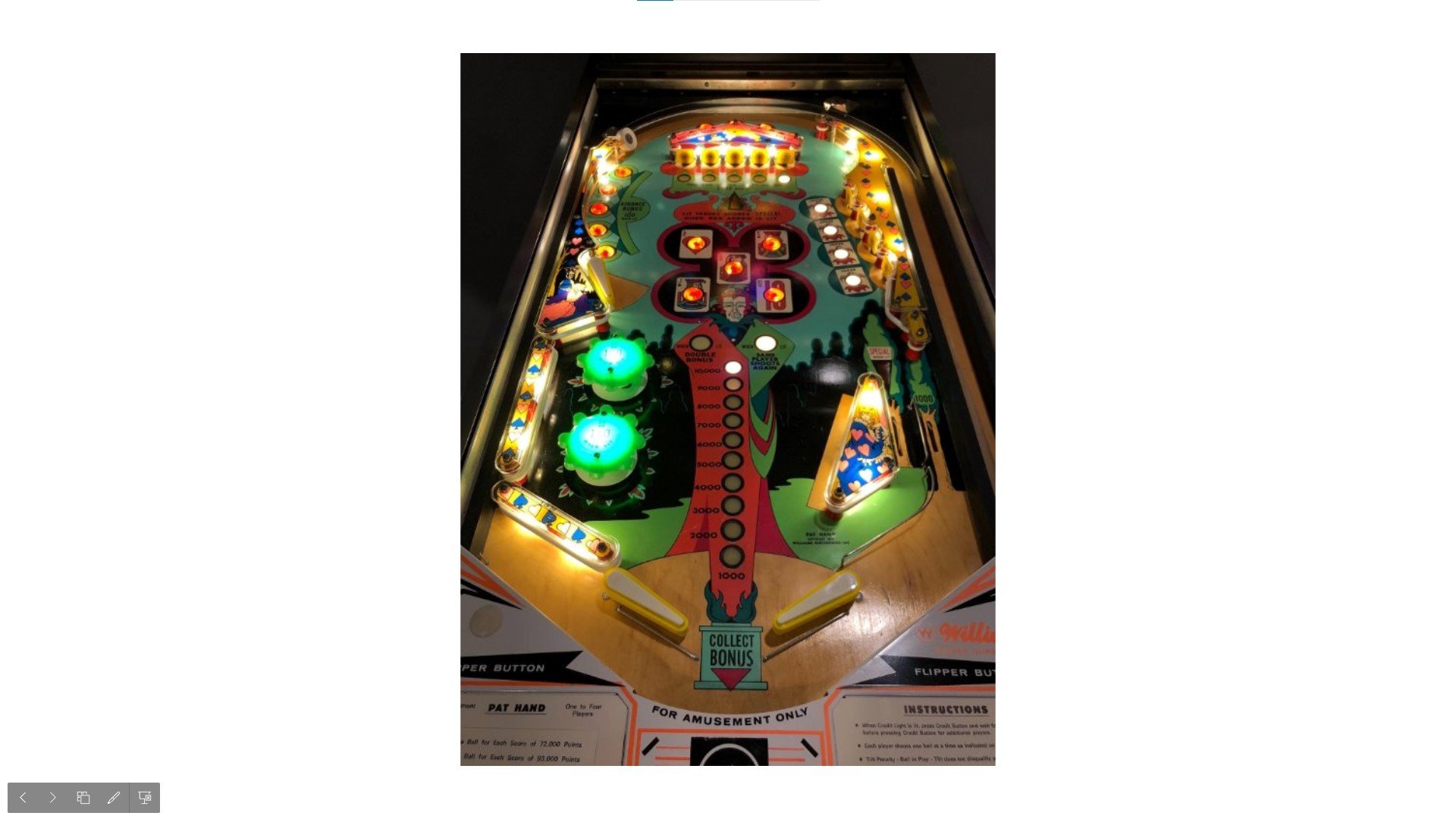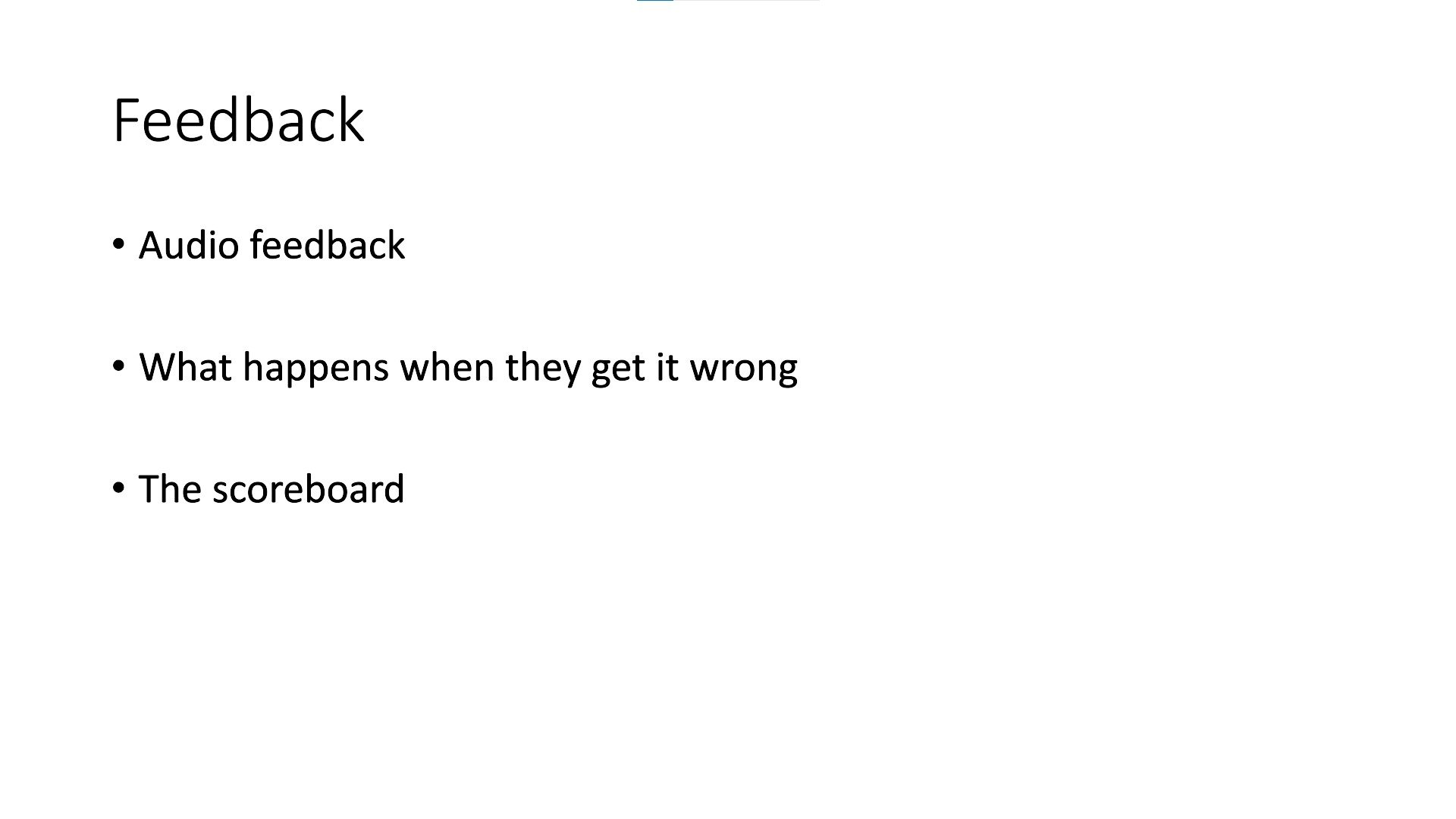Games (for Learning) Design
I’ve always found that learning through games has never really been a particular strong point of mine, at least what I mean by that is having an experience of learning mathematics when I was younger, but the game wasn’t really a math learning game, it just had simple math equations in the background. Of course I would’ve learned how to do 6x5 if it’s in the background I say sarcastically.
But since then design for learning games has changed drastically and can be used for a number of different areas including in the one of the most sophisticaed fields, being surgery (and I’m not talking about Surgeon Simulator).
This heavily leads into how to Gamify learning, also known as Gamification which you should already be familar with.
With learning being at the forefront, the workshop provided ways where the player can learn from just simply playing a game, in this case the player would be someone entering Key Stage 1 as part of the English School Curriculum.
With learning being at the forefront, the workshop provided ways where the player can learn from just simply playing a game, in this case the player would be someone entering Key Stage 1 as part of the English School Curriculum.
I personally reviewed a few games given to us and was instructed to decide whether it had a good design or bad design; looking at elements of aim, objectives, themes, rules, rewards and progression. Now the most important part…. the games where I mainly had a look at the English learning games.
THE GAMES
Starfell
Spooky Sounds
Balloon Phonics
Simple Present
IXL Learning Games
There are a few common denominators that learning games at this level do have things in common being simple themes applied to them, but lets go over the which ones had a good or bad design.
Good Designs
Balloon Phonics - it’s clear, has rewards, the theme is very child-friendly and also it has a variety of ways for each word, either the first, second, or third letter to allow challenge for the play.
Simple Present - this was the best one by far, although it wasn’t entirely eye-catching the visual were simple and with every time you pick a word to associate to a picture, and then it progressively gets harder with using the present tense, including the does and doesn’t suffixes
Bad Designs
IXL - to put it simply, the game looked like a basic webstie layout with no imagination, effectivelly looking like a google survey form, it was exceptionally bland.
Spooky Sounds - Now this had bad menu designs and was a confusing mess to decide which phonics to use, but also when it come to the general design where, the phonic that player would have to select would be shown in the middle, but there wasn’t anything rewarding and also their were a lot of distractions both from a visual and audio perspective. Visually the skull is doing some weird movements, the bubble are all over the screen and in terms of the “rewards”, all you have is a little monster change and a new monster replaces it
Finally we had to make our own design in groups and the idea we came up with was amazing, simple but amazing, it was for studying maths, even with how we as a group when about it, we found a simple way to present the concept of “greater than, less than” which is something they study after this Key Stage.
It’s name is called MATH MACHINE!!!!! (*insert generic heavy metal riff here)
And below is some of the presentation slide




The concept being a simple pinball machine, and the player has to guess whether the number is greater than or less than as the game goes on
What I learned was that when it comes to learning with Games even with the samples, they definitely need to make sure the theme is easy and well age appropriate to keep the player engaged with the content, but in the case of English which is something I focused on, phonics, visuals and finally audio were all essential to grasping the experience for the player










